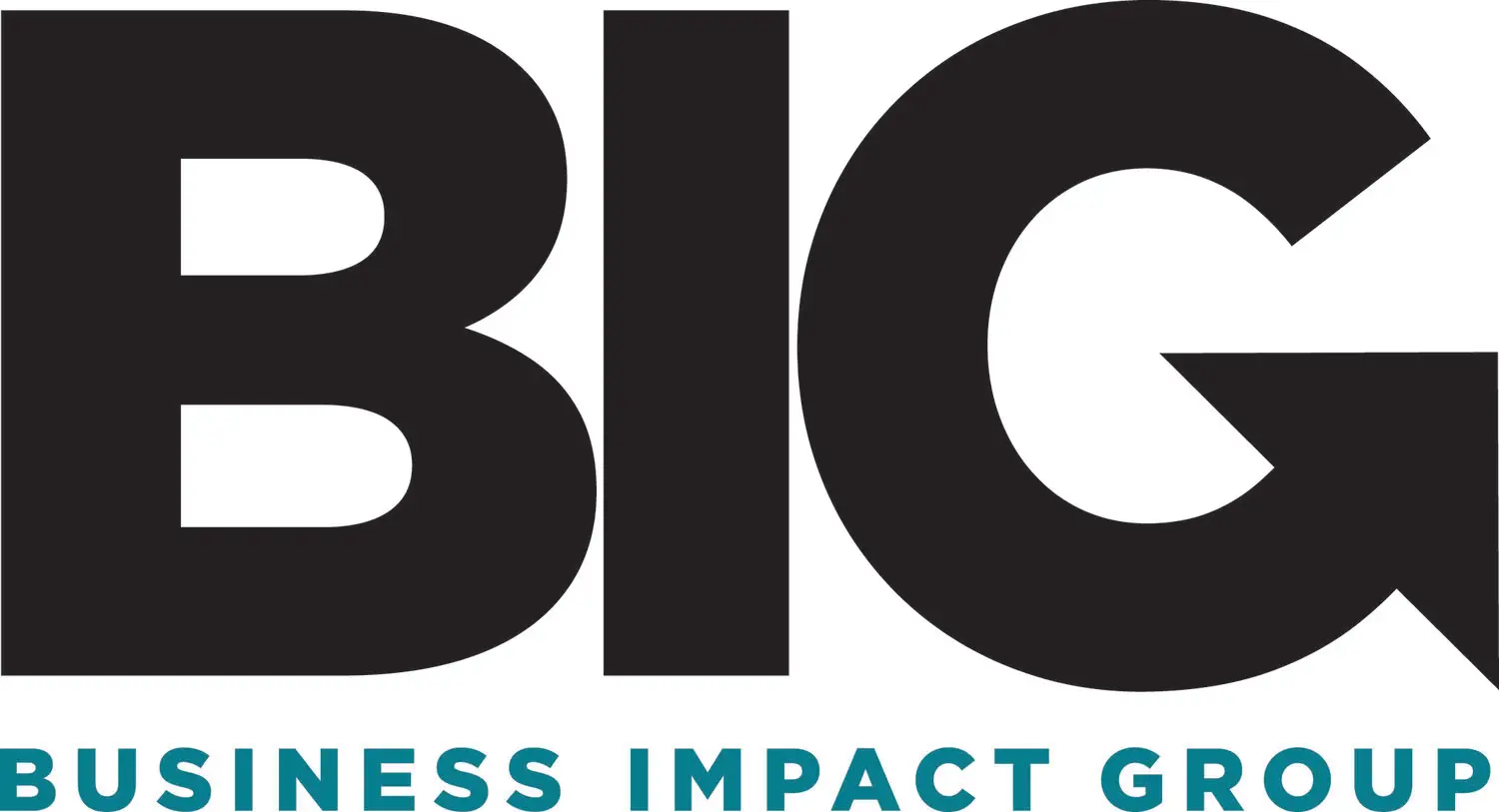Business development is a critical component of any successful organization, particularly within high-impact referral networks. These networks serve as a conduit for generating leads, fostering relationships, and ultimately driving revenue growth. The essence of business development in this context lies in its ability to create a symbiotic relationship between various stakeholders, including businesses, clients, and referral partners.
By leveraging the collective strengths of these entities, organizations can tap into new markets, enhance their visibility, and cultivate a robust pipeline of opportunities. In high-impact referral networks, the focus is not merely on transactional exchanges but rather on building long-term partnerships that yield sustainable growth. Moreover, the significance of business development in referral networks extends beyond immediate financial gains.
It encompasses the cultivation of trust and credibility among network members, which is essential for fostering a culture of collaboration. When businesses engage in referral networking, they are not just seeking to promote their products or services; they are also investing in relationships that can lead to mutual success. This relational approach to business development encourages members to share insights, resources, and referrals, creating a dynamic ecosystem where everyone benefits.
As such, understanding the importance of business development within high-impact referral networks is paramount for organizations aiming to thrive in an increasingly competitive landscape.
Key Takeaways
- Building strong referral networks is crucial for business development and growth.
- Nurturing relationships is key to successful referral networks.
- Business development strategies are essential for expanding referral networks.
- Identifying key players and influencers is important for effective referral networking.
- Utilizing technology and data can enhance business development in referral networks.
Building and Nurturing Relationships for Successful Referral Networks
At the heart of successful referral networks lies the art of building and nurturing relationships. Establishing connections with other professionals requires more than just exchanging business cards; it demands a genuine commitment to understanding each other’s needs and aspirations. Effective networking involves active listening, empathy, and a willingness to support others in their endeavors.
By investing time and effort into cultivating these relationships, individuals can create a foundation of trust that encourages reciprocal referrals. This trust is often the differentiating factor that sets high-impact referral networks apart from traditional networking groups, where interactions may be more superficial. Nurturing relationships within referral networks also involves ongoing communication and engagement.
Regular check-ins, follow-ups, and sharing valuable resources can help maintain the momentum of these connections. Additionally, celebrating each other’s successes fosters a sense of community and reinforces the idea that everyone is invested in one another’s growth. By creating an environment where members feel valued and supported, referral networks can thrive and generate a steady stream of referrals.
Ultimately, the strength of these relationships directly correlates with the effectiveness of the network in driving business development.
Leveraging Business Development Strategies to Expand Referral Networks

To maximize the potential of referral networks, organizations must employ strategic business development initiatives that facilitate expansion. One effective approach is to identify target markets and align them with the strengths of network members. By understanding the unique offerings of each participant, businesses can create tailored referral strategies that resonate with potential clients.
This targeted approach not only enhances the quality of referrals but also increases the likelihood of conversion, as prospects are more likely to engage with businesses that meet their specific needs. Additionally, organizations can leverage collaborative marketing efforts to amplify their reach within referral networks. Joint ventures, co-hosted events, and shared content creation are just a few examples of how businesses can pool their resources to attract new clients.
By working together, network members can tap into each other’s audiences and create a multiplier effect that drives growth for all involved. Furthermore, fostering an environment where members feel empowered to share their successes and challenges can lead to innovative solutions and new opportunities for collaboration. In this way, leveraging business development strategies becomes a catalyst for expanding referral networks and enhancing overall effectiveness.
Identifying Key Players and Influencers in Referral Networks
A crucial aspect of optimizing referral networks is identifying key players and influencers who can significantly impact business development efforts. These individuals often possess extensive connections and credibility within their respective industries, making them invaluable assets to any network. By recognizing who these influencers are, organizations can strategically engage with them to amplify their reach and enhance their reputation.
Building relationships with key players not only opens doors to new opportunities but also establishes a sense of legitimacy within the network. Moreover, understanding the dynamics of influence within referral networks allows businesses to tailor their approaches accordingly. For instance, engaging with influencers through personalized outreach or collaborative projects can foster deeper connections and encourage them to advocate for your business.
Additionally, recognizing the contributions of these key players through acknowledgment or rewards can further solidify their commitment to the network’s success. By prioritizing relationships with influencers and key players, organizations can create a powerful network that drives significant business development outcomes.
Utilizing Technology and Data to Enhance Business Development in Referral Networks
In today’s digital age, technology plays an integral role in enhancing business development within referral networks. Utilizing customer relationship management (CRM) systems can streamline communication and track interactions among network members. These tools enable businesses to manage referrals efficiently, ensuring that no opportunity slips through the cracks.
Furthermore, data analytics can provide valuable insights into referral patterns and member engagement levels, allowing organizations to refine their strategies based on empirical evidence. Additionally, leveraging social media platforms can significantly expand the reach of referral networks. By creating online communities or groups dedicated to networking efforts, businesses can facilitate ongoing discussions and interactions among members.
This digital presence not only enhances visibility but also fosters a sense of belonging among participants. Moreover, utilizing data-driven marketing strategies can help identify potential leads within the network and tailor outreach efforts accordingly. In this way, technology and data become powerful allies in driving business development within referral networks.
Measuring and Evaluating the Impact of Business Development in Referral Networks

To ensure the effectiveness of business development initiatives within referral networks, it is essential to establish metrics for measuring success. Key performance indicators (KPIs) such as referral conversion rates, member engagement levels, and overall revenue generated from referrals provide valuable insights into the network’s performance. By regularly evaluating these metrics, organizations can identify areas for improvement and make informed decisions about their networking strategies.
Furthermore, qualitative assessments such as member feedback and testimonials can offer additional context regarding the impact of business development efforts. Understanding how members perceive the value of the network can inform future initiatives and help refine approaches to relationship-building and collaboration. By adopting a comprehensive evaluation framework that encompasses both quantitative and qualitative measures, organizations can gain a holistic understanding of their business development impact within referral networks.
Overcoming Challenges and Maximizing Opportunities in High-Impact Referral Networks
While high-impact referral networks present numerous opportunities for business development, they are not without challenges. One common hurdle is maintaining consistent engagement among members. As businesses grow and evolve, priorities may shift, leading to decreased participation in networking activities.
To overcome this challenge, organizations must prioritize communication and create compelling reasons for members to stay engaged—whether through valuable content sharing or exclusive events that foster collaboration. Additionally, navigating competition within referral networks can be daunting; however, it also presents opportunities for differentiation. By focusing on unique value propositions and emphasizing collaboration over competition, businesses can carve out their niche within the network.
Encouraging members to share best practices and learn from one another fosters a culture of support that ultimately benefits everyone involved. By proactively addressing challenges while maximizing opportunities for collaboration and growth, organizations can thrive within high-impact referral networks and drive meaningful business development outcomes.
For those interested in enhancing their understanding of the role of business development in high-impact referral networks, a related article worth exploring is titled “Step-by-Step Guide to Creating a Successful Referral Marketing Program.” This article provides valuable insights and practical steps on how to effectively build and manage a referral program that can significantly boost your business growth. It complements the discussion on business development by emphasizing the strategic approach to leveraging networks for referrals. You can read more about this topic by visiting Step-by-Step Guide to Creating a Successful Referral Marketing Program.
FAQs
What is business development?
Business development is the process of identifying opportunities for growth and creating strategies to take advantage of those opportunities. It involves building relationships, exploring new markets, and finding ways to expand a company’s reach and impact.
What are high-impact referral networks?
High-impact referral networks are groups of individuals or businesses that regularly refer potential clients or customers to each other. These networks are built on trust and mutual benefit, and can be a powerful source of new business for all involved parties.
What is the role of business development in high-impact referral networks?
Business development plays a crucial role in high-impact referral networks by identifying potential partners, building relationships, and creating opportunities for referrals. Business development professionals are often responsible for nurturing and growing these networks to drive business growth.
How can business development professionals contribute to high-impact referral networks?
Business development professionals can contribute to high-impact referral networks by identifying potential partners, building strong relationships, and creating opportunities for mutual referrals. They can also help to establish trust and credibility within the network, and facilitate the exchange of referrals between members.
Why are high-impact referral networks important for business development?
High-impact referral networks are important for business development because they can provide a steady stream of qualified leads and new business opportunities. By leveraging these networks, business development professionals can expand their reach and impact, and drive sustainable growth for their companies.





